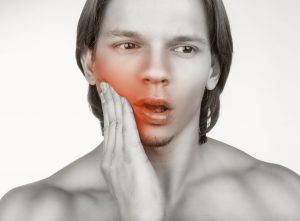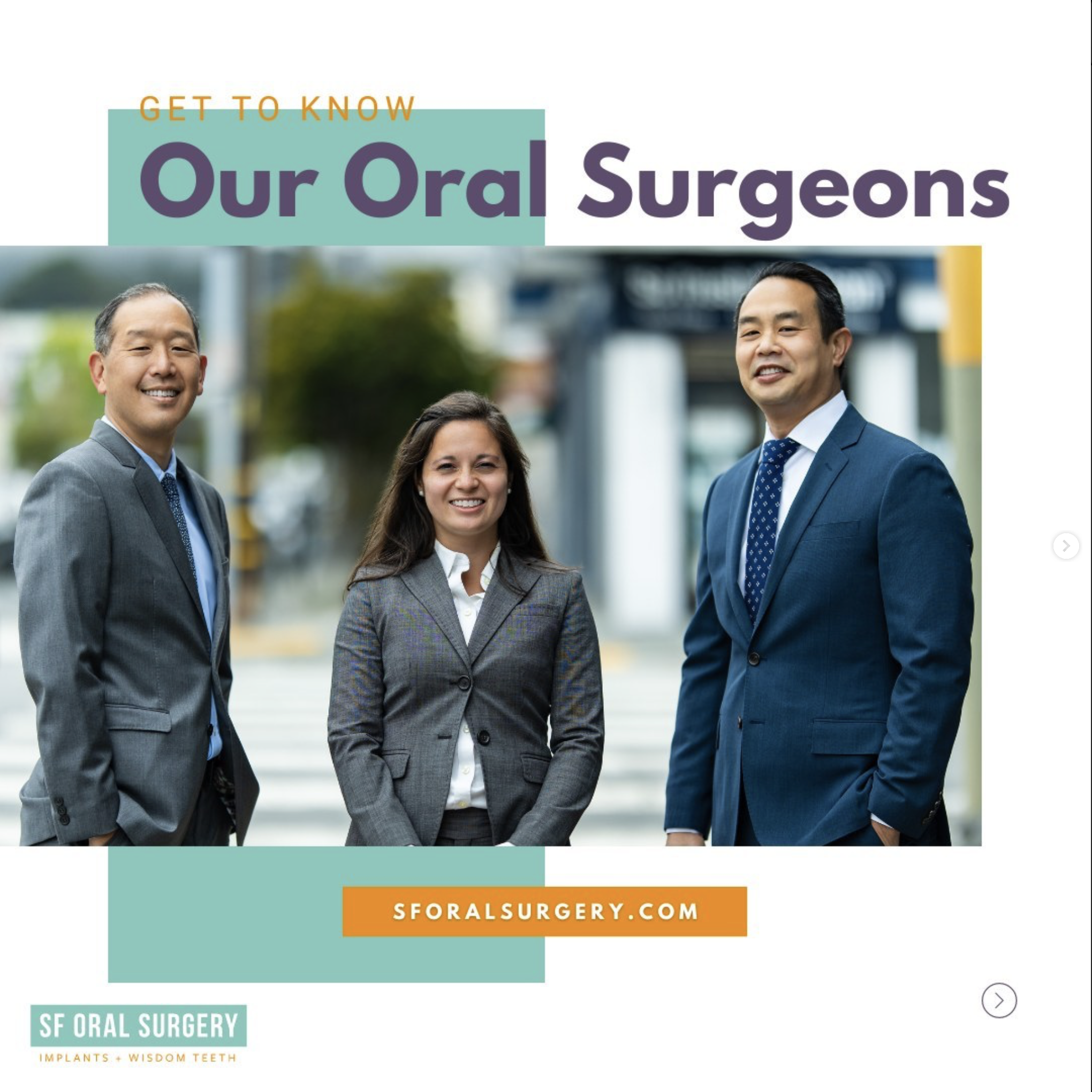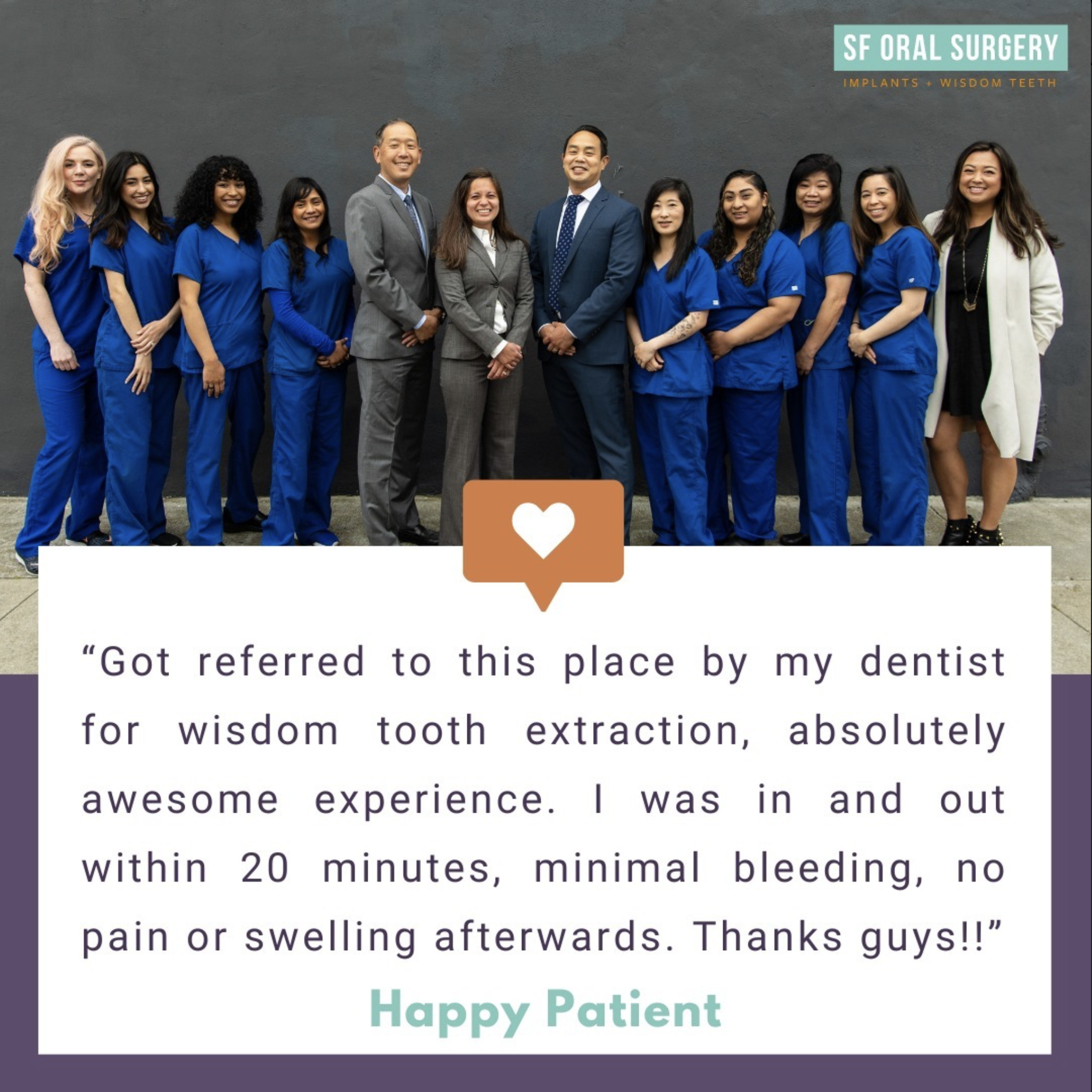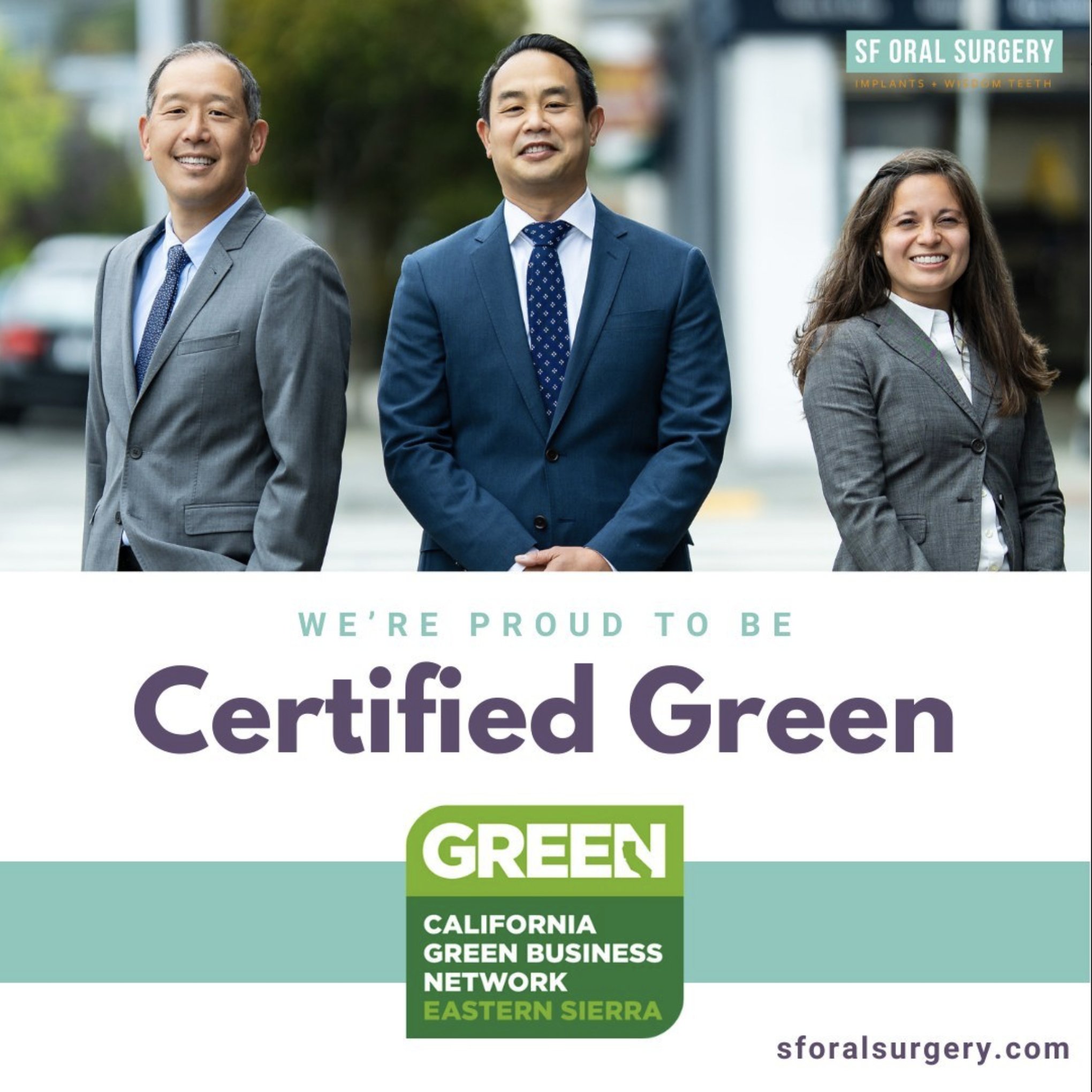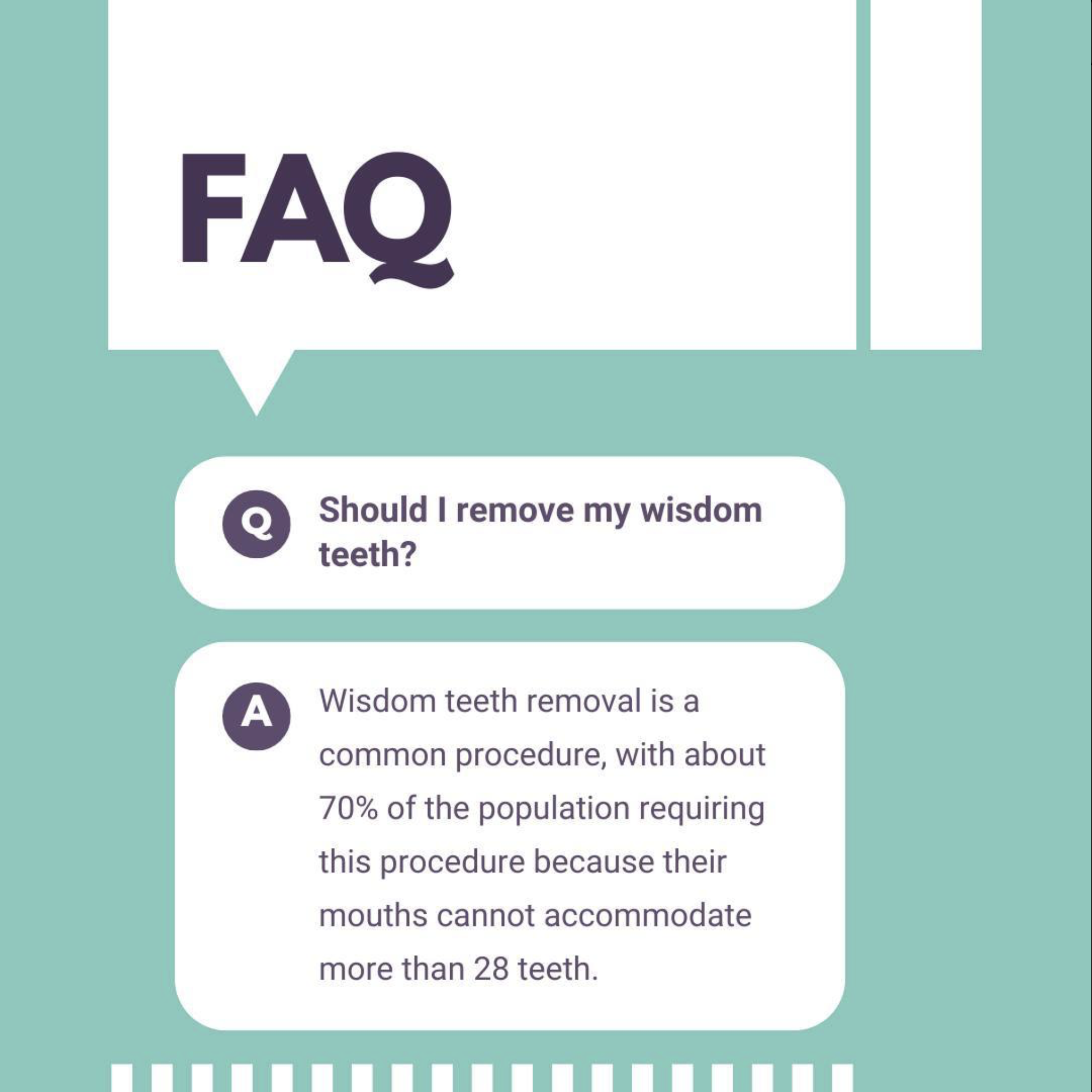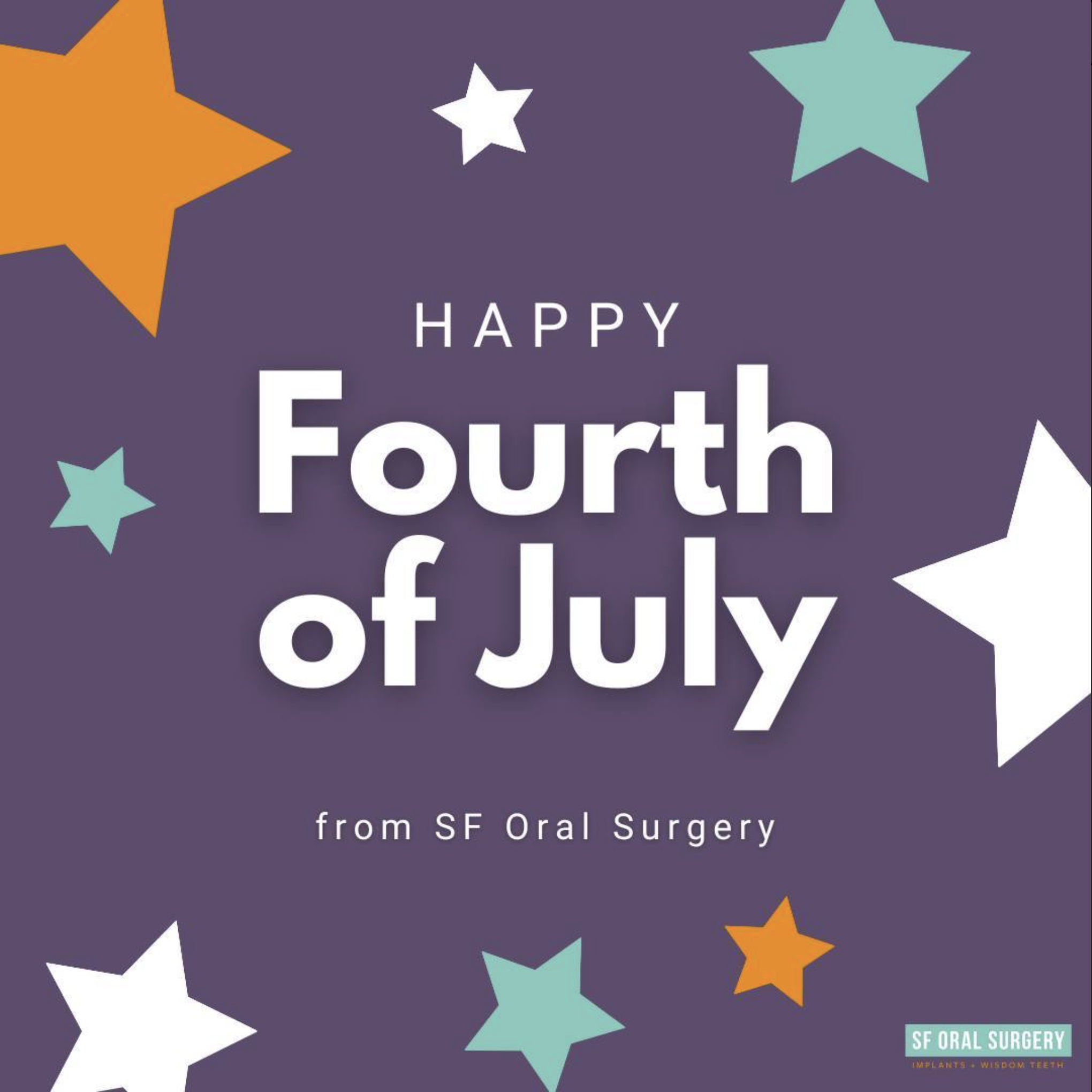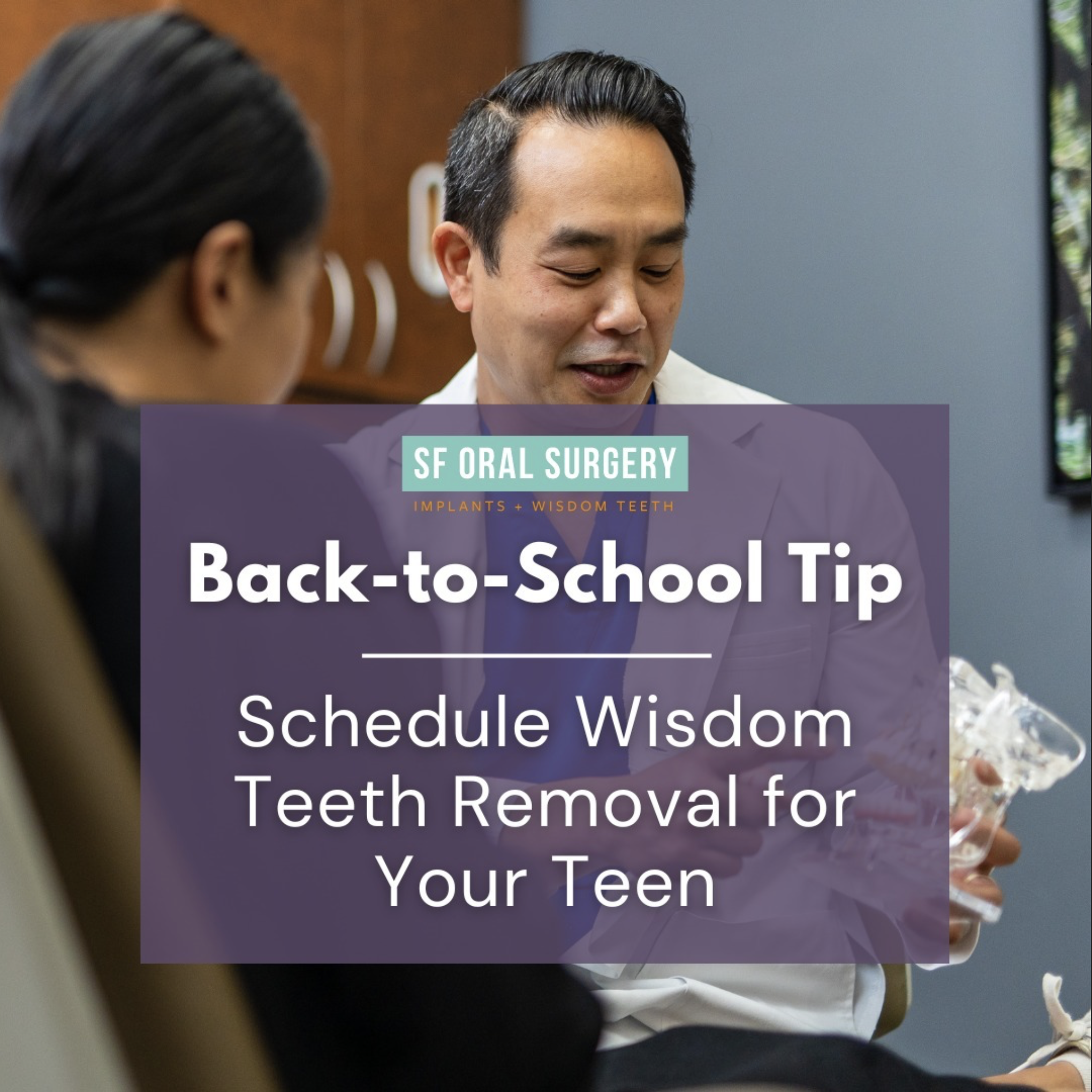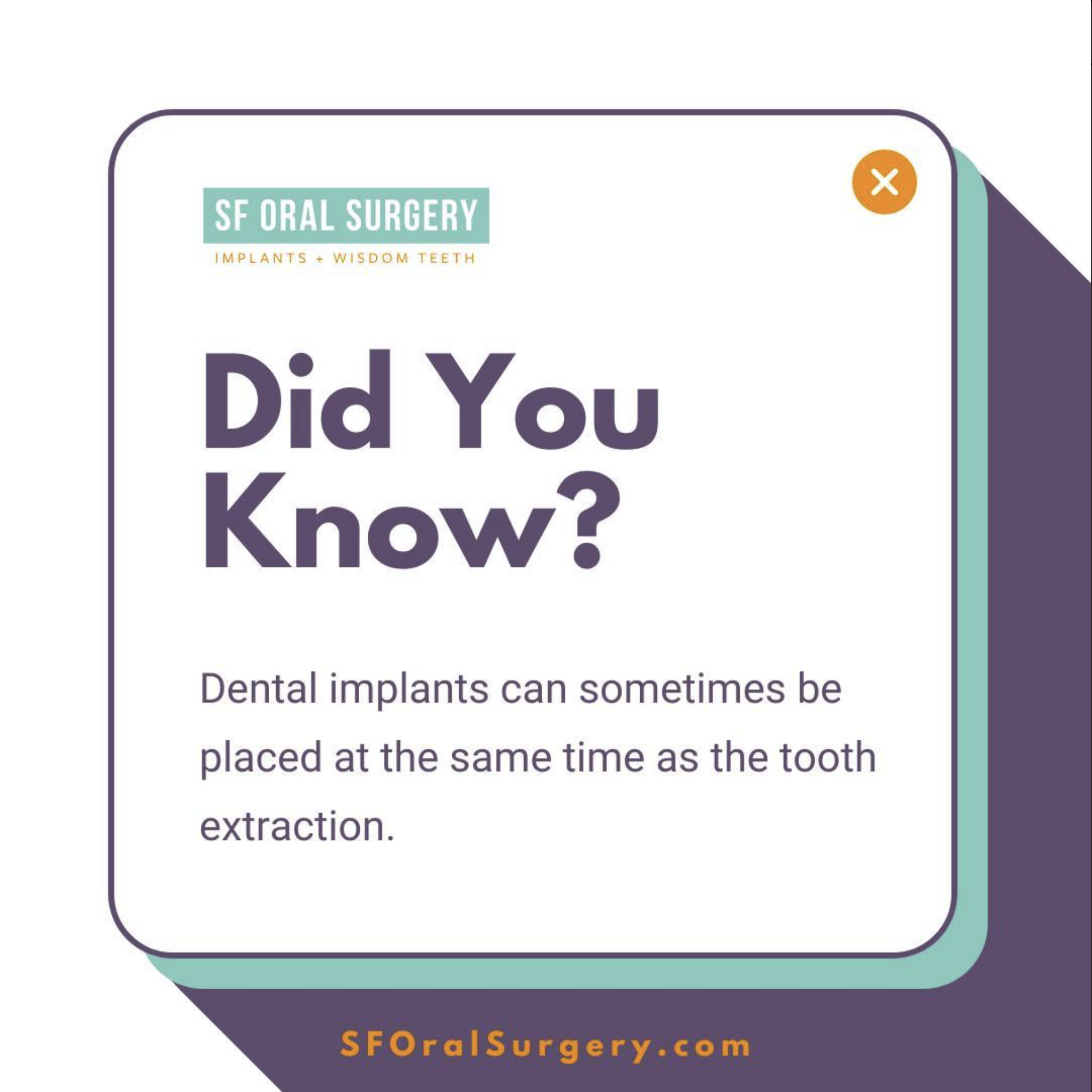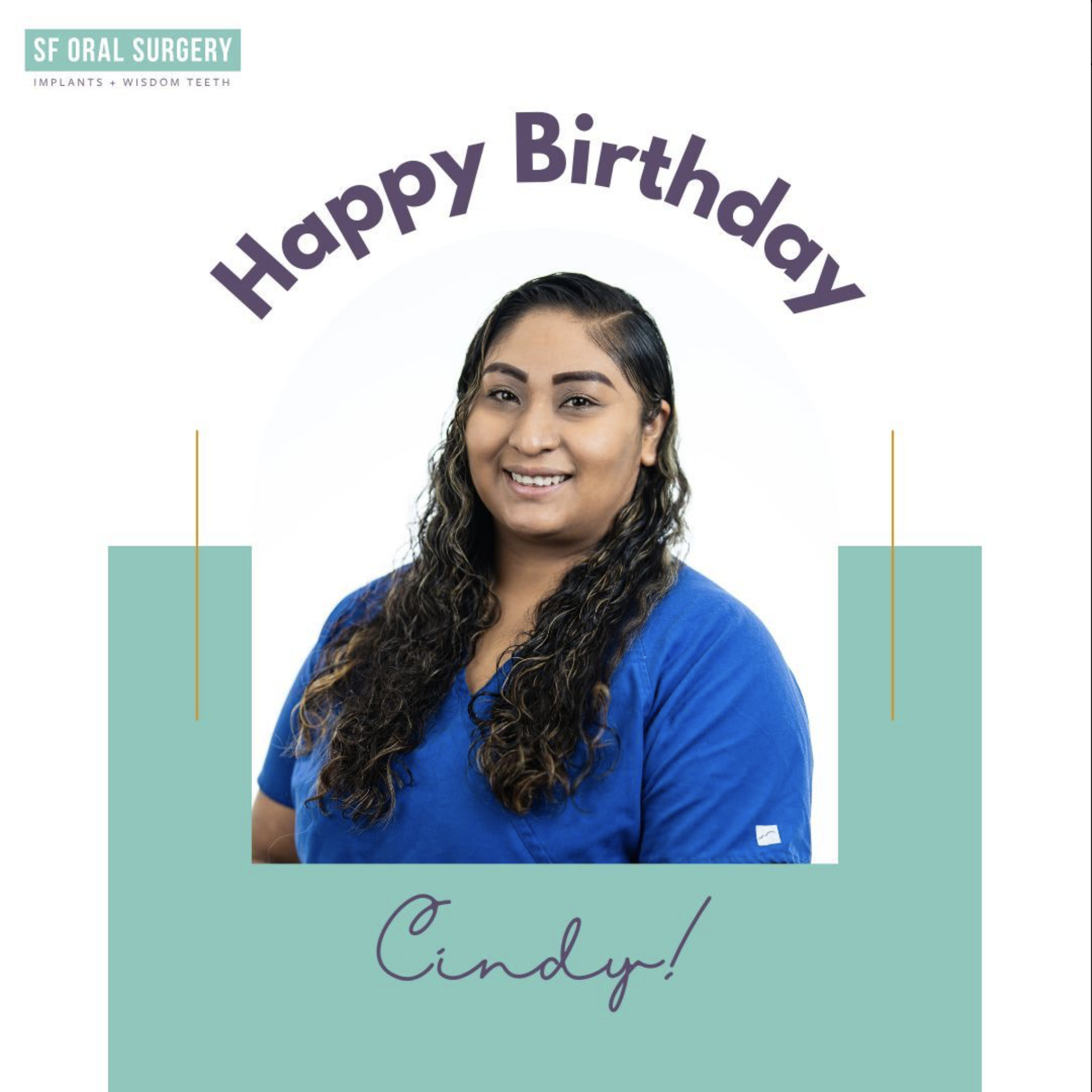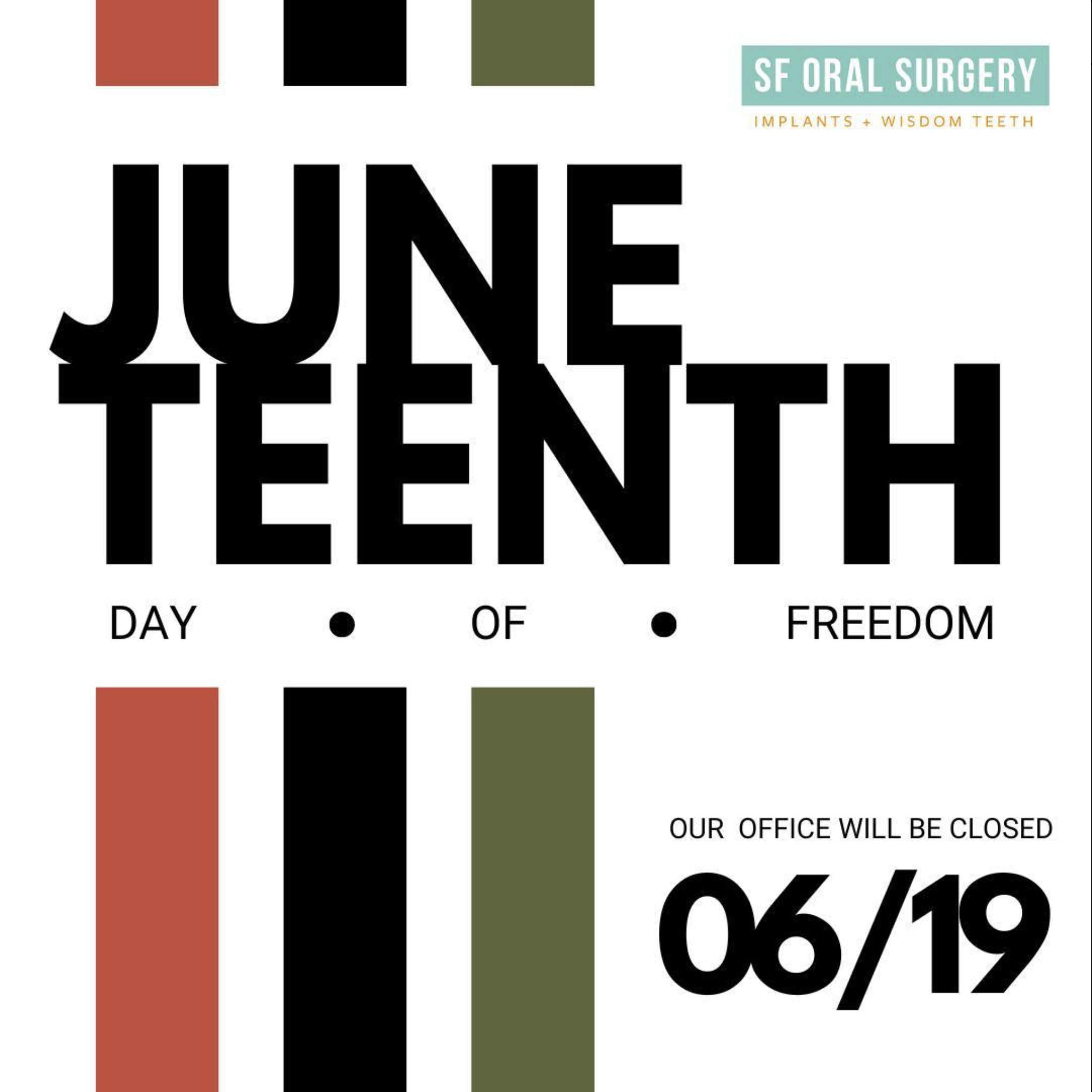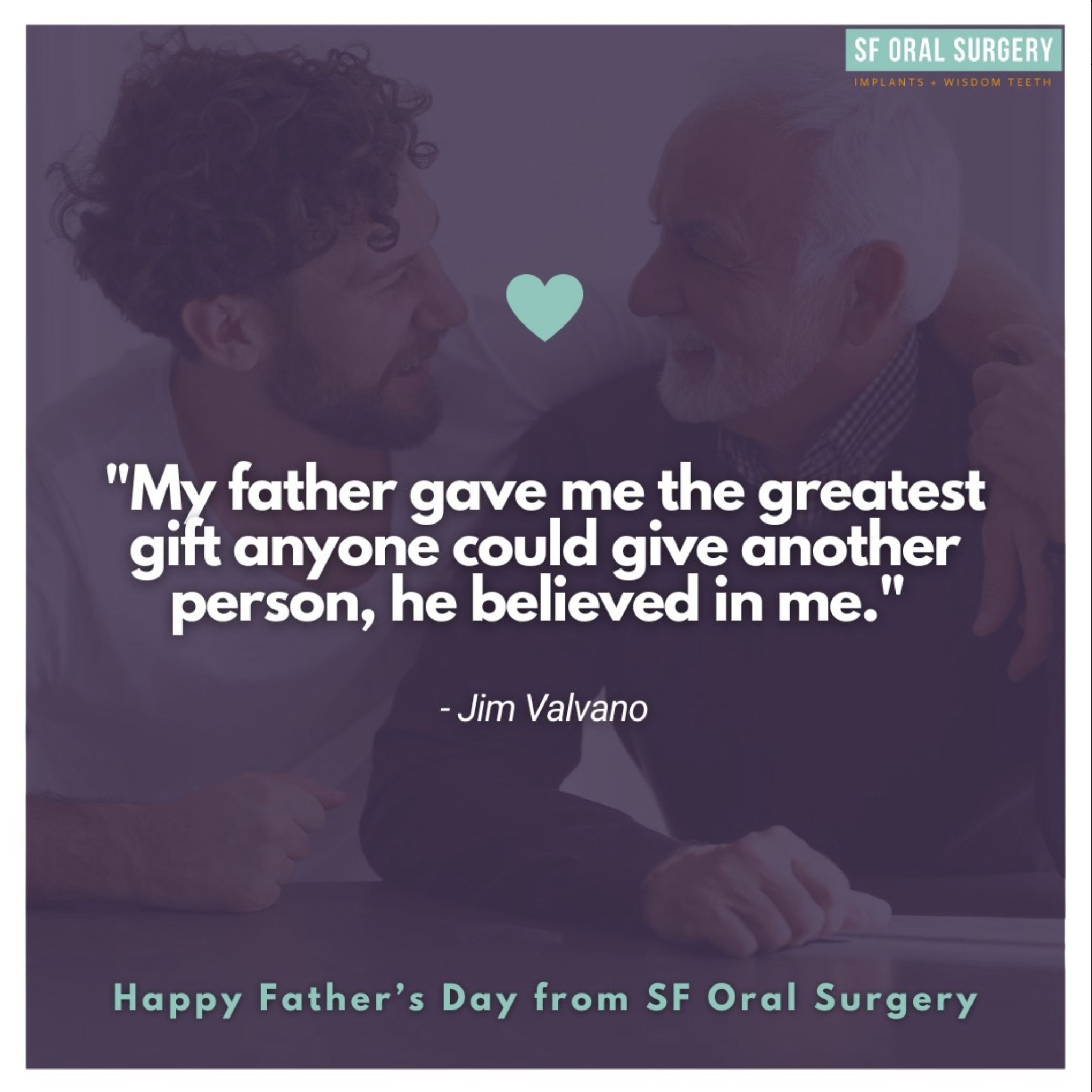As our baby teeth are replaced by permanent teeth around the age of four or five, teeth can get stuck or impacted as they try to break through the gum. These impacted teeth either come in partially or not at all, remaining trapped in the gum tissue or bone. The most likely teeth to become impacted are:
Third Molar (Wisdom Tooth):
Because your wisdom teeth are the last teeth to emerge, usually between 17 to 21 years old, they are the most likely to become impacted and the most common to extract. There is usually no need to retain your wisdom teeth, and they are simply extracted if there is no room for them in the mouth. These are removed during a common procedure called a wisdom tooth extraction. However, if other molars are impacted, then an orthodontist may need to shift the impacted tooth using braces.
Canine (Cuspid):
As the last of the “front” teeth to develop, your canines are the most likely to become impacted and cause symptoms. Most people’s canines will emerge around 13 years old and close the space left between your upper front teeth. If your canines do not emerge at this age, then you should seek immediate treatment to avoid associated problems. Located between the incisors and molars, the cuspids are an important part of your bite and are the first teeth to touch when your jaws close, aligning the rest of your teeth into a proper bite.
While any of your other teeth can become impacted, the canines and third molar are the most likely to require treatment to prevent troublesome symptoms. The doctors of SF Oral Surgery can treat impacted teeth to improve and preserve your oral health.


